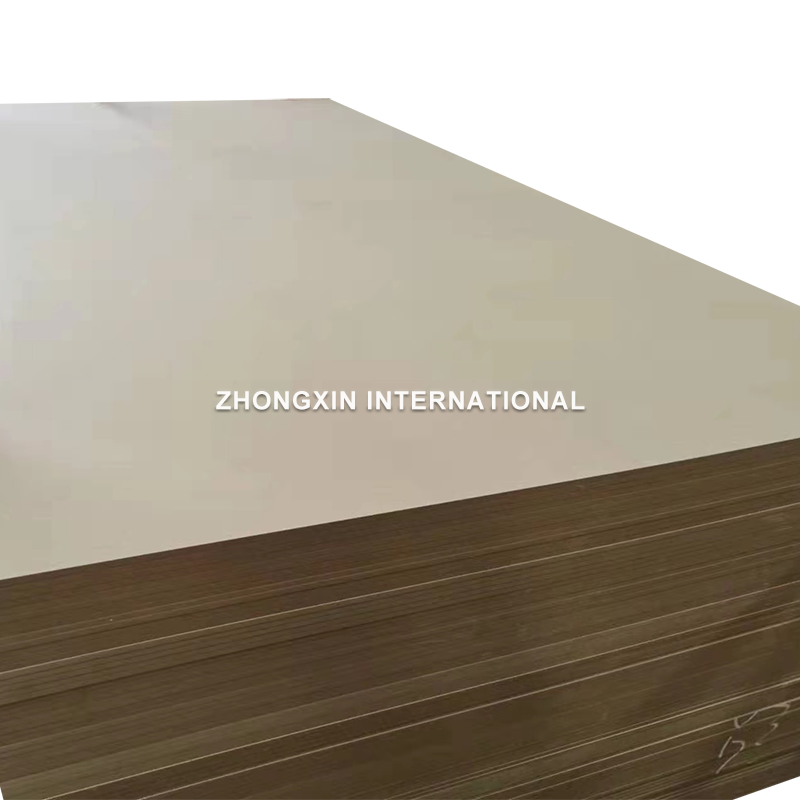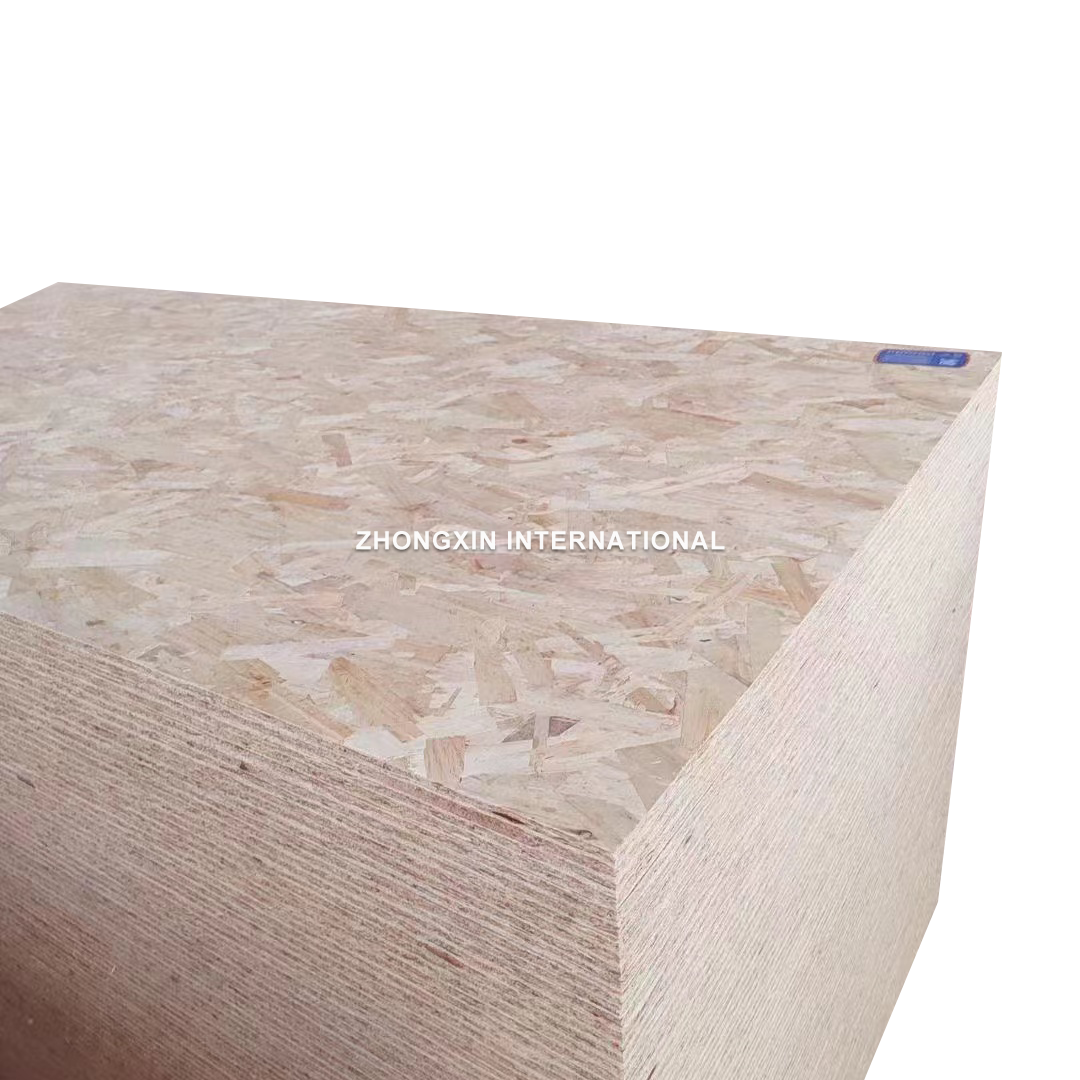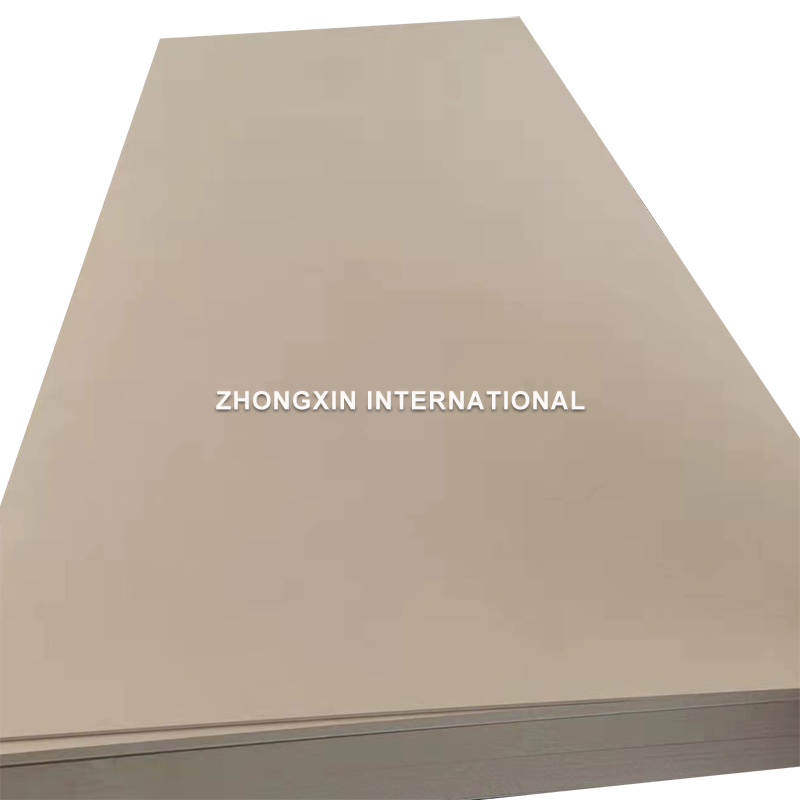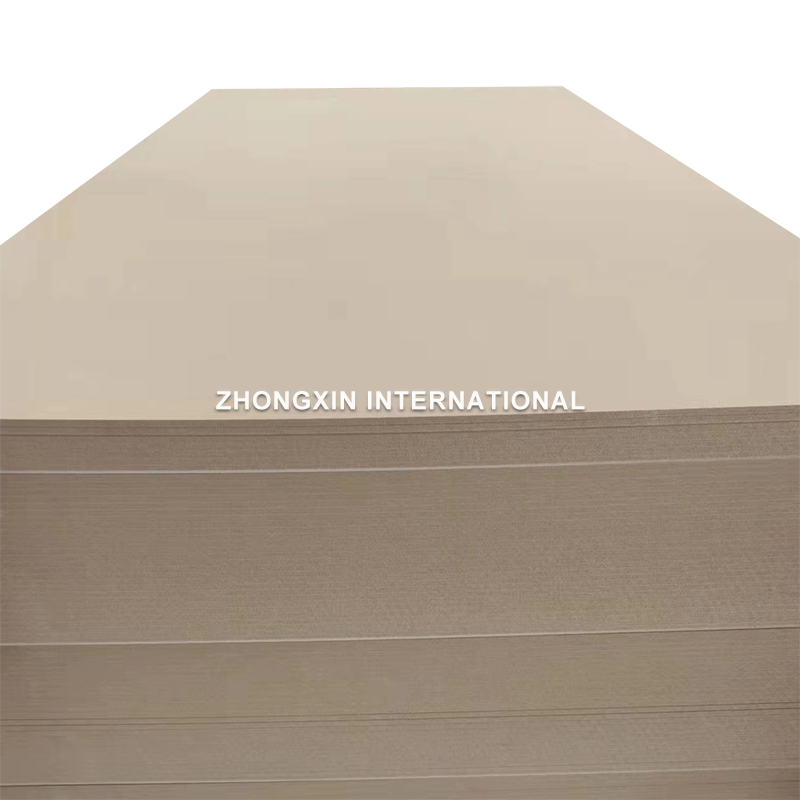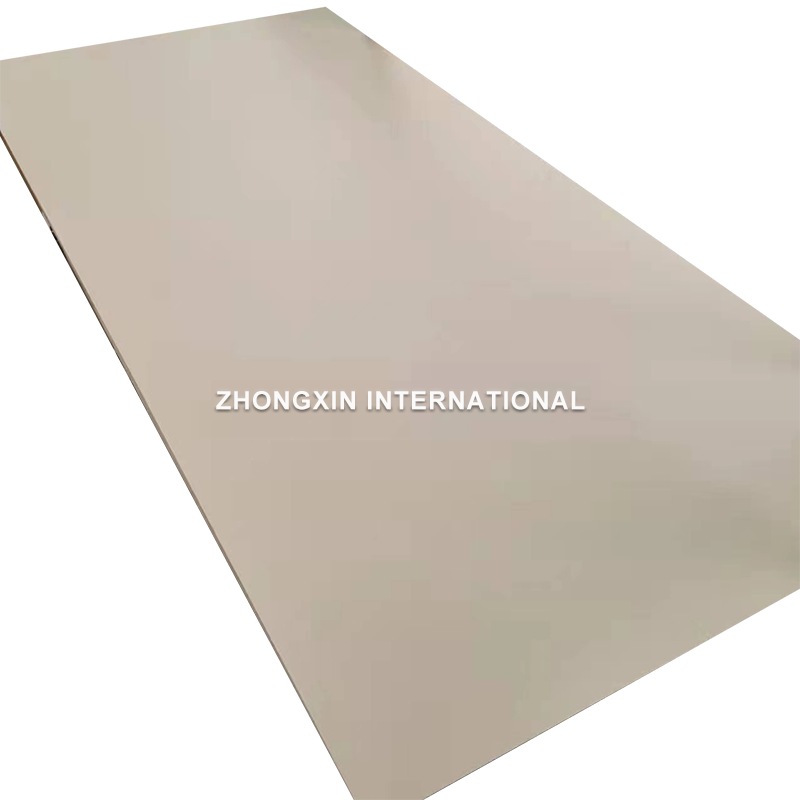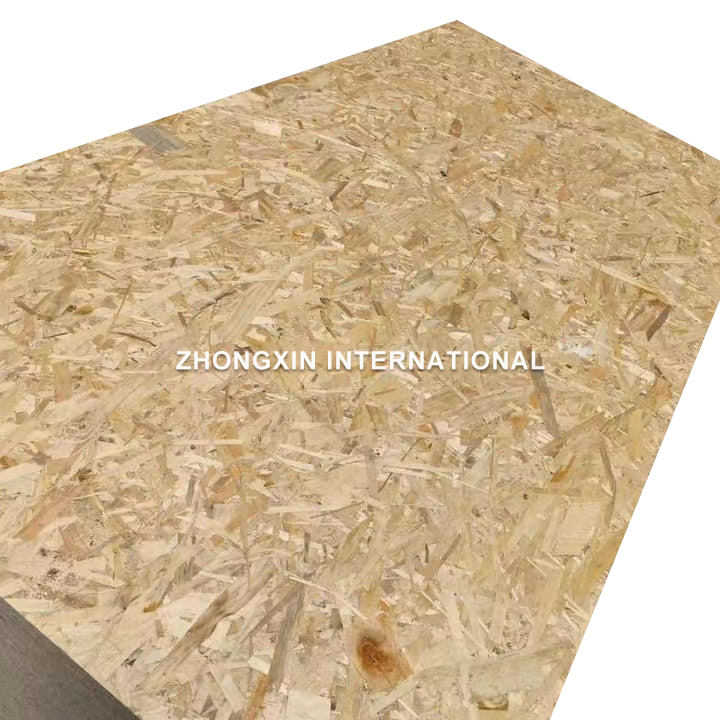1. Plywood is divided into two departments: three-layer or multi-layer veneer bonding. The vast majority of veneer produced nowadays is spun veneer, often referred to as veneer. Odd layer veneer is usually used, and the fiber directions of adjacent layers of veneer are perpendicular to each other. It is common to see odd layer plywood such as three, five, and seven layers. The outermost layer of veneer is called surface board, the front surface board is called panel, the back surface board is called back board, and the inner layer of veneer is called core board or middle board.
2. The tree species used for plywood panels are those of the plywood. In China, commonly used broad-leaved trees include basswood, ash, birch, poplar, elm, maple, colored wood, yellow birch, maple poplar, nanmu, schima superba, wolfberry, etc. Commonly used coniferous trees include masson pine, Yunnan pine, larch, spruce, etc.
3.There are many classification methods for plywood, which can be classified according to tree species, such as hardwood plywood (birch plywood, tropical hardwood plywood, etc.) and coniferous plywood;
4. Divided by purpose, it can be divided into ordinary plywood and special plywood. Ordinary plywood refers to plywood that is suitable for a wide range of purposes, while special plywood is plywood that is suitable for specialized purposes;
5. According to the water resistance and durability of the adhesive layer, ordinary plywood can be divided into weather resistant plywood (Class I plywood, which has durability, boiling or steam treatment functions and can be used outdoors), water resistant plywood (Class II plywood, which can be soaked in cold water or often soaked in hot water for a short time, but not resistant to boiling) Moisture resistant plywood (Class III plywood, which can withstand short-term cold water immersion and is suitable for indoor use) and non moisture resistant plywood (Class IV plywood, which is used indoors under normal conditions and has a certain bonding strength).
6. According to the structure of plywood, it can be divided into plywood, sandwich plywood, and composite plywood. Sandwich plywood is a plywood with a core, and composite plywood is a core (or some layers) composed of materials other than solid wood or veneer. The two sides of the core usually have at least two layers of veneer with wood grains arranged perpendicular to each other
7. According to surface processing, it can be divided into sanded plywood, scraped plywood, veneer plywood, and pre faced plywood. Sanded plywood refers to plywood with a sanding machine sanded surface, scraped plywood refers to plywood with a scraping machine scraped surface, and veneer plywood refers to plywood with decorative veneer, wood grain paper, impregnated paper, plastic, resin film, or metal sheet applied to the surface, Pre faced plywood is a type of plywood that has undergone specialized surface treatment during manufacturing and does not require further polishing during use.
8. According to the appearance of plywood, it can be divided into flat plywood and formed plywood. Formed plywood refers to the plywood that has been directly pressed into a curved shape in the mold according to the requirements of the product, for special needs, such as wall panels, corrugated plywood for ceilings, and backrest and rear legs of chairs.
9.The common method for manufacturing plywood is the dry heat method, which means that after the dry veneer is coated with glue, it is pressed into plywood in a hot press. The main processes include log marking and cross sawing, wood section heat treatment, wood section centering and rotary cutting, veneer drying, veneer gluing, slab preparation, slab pre pressing, hot pressing, and a series of post-processing.
The purpose of wood heat treatment is to soften the wood segments, increase the plasticity of the wood segments, facilitate the subsequent rotation or planing of the wood segments, and improve the quality of the veneer. Common methods for wood segment heat treatment include water boiling, simultaneous heat treatment with water and air, and steam heat treatment.

